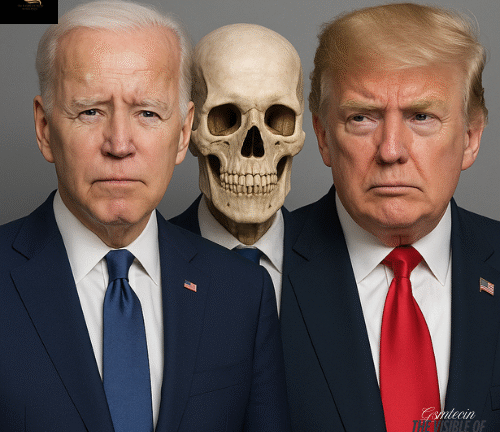President Donald Trump introduced the “Golden Dome,” a bold missile defense program, on May 20, 2025. This goal is to place a comprehensive shield over the United States against upcoming missile threats using innovative technologies. The initiative, modeled after Israel’s Iron Dome and Ronald Reagan’s Strategic Defense Initiative, plans to combine state-of-the-art technologies to destroy different types of missiles, including those launched from space.
Project Overview
The Golden Dome is pictured as a multi-layered ballistic defense system intended to shield the U.S. homeland from ballistic, hypersonic, and cruise missiles. In contrast to existing systems, it focuses on space-based assets, such as a large constellation of satellites with sensors and interceptors that can detect and destroy threats while in their boost phase. This strategy hopes to have a more proactive defense system, intercepting missiles soon after launch.
Leadership and Implementation
President Trump named General Michael Guetlein of the U.S. Space Force as the leader of the Golden Dome project. General Guetlein, a former Vice Chief of Space Operations, has extensive background in space systems and missile defense. His leadership will be crucial in coordinating activities between the Department of Defense, private contractors, and international partners.
Budget and Timeline
The initial expenditure of the Golden Dome is $175 billion, with a $25 billion investment for launching the project. Nevertheless, the Congressional Budget Office projects that the system will cost more than $500 billion for two decades. President Trump hopes for the best that the system will be functional within three years, which would coincide with the end of his current term.
Technological Collaboration
The Golden Dome project is likely to involve joint working with a number of private firms that have expertise in defense and aerospace technologies. In particular, SpaceX under Elon Musk is seen as the front-runner for building the satellite infrastructure needed for the system. Other firms such as Lockheed Martin, Palantir, and Anduril are also expected to work on different elements of the project.
Strategic Importance
Golden Dome is a major realignment of U.S. defense policy, signaling a reemphasis on the role of space in national defense. With the deployment of sensors and weapons in space, the U.S. seeks to keep pace with new threats from foes such as China, Russia, North Korea, and Iran, which are busy developing cutting-edge missile systems. The system is intended to create nearly impenetrable defenses, bolstering deterrence and safeguarding the American homeland.
International Implications
President Trump has stated that Canada has been interested in joining the Golden Dome project. This cooperation could result in an expanded North American missile defense system, enhancing regional security. International partners’ involvement will need careful negotiation and strategic interests realignment, though.
Criticisms and Challenges
Despite its lofty ambitions, the Golden Dome project has faced a number of criticisms and challenges:
Technical Feasibility: Experts doubt the feasibility of intercepting missiles in their boost phase, particularly with the speed and altitude of current hypersonic weapons.
Cost Overruns: Past experience indicates that major defense programs tend to overshoot their original budget, thus raising questions about the fiscal viability of the Golden Dome.
Arms Race Concerns: Posing weapons in space might increase tensions and unleash an arms race, as competitors produce countermeasures or akin technologies.
Conflict of Interest: The participation of administration-friendly companies, like those headed by Elon Musk, has prompted ethical concerns and the need for greater transparency in the contracting process.
The Daily Beast
Conclusion
Golden Dome is a groundbreaking initiative in redefining the United States‘ missile defense strategy. Through the use of space-based technologies and public-private collaboration, the project promises to offer an umbrella of comprehensive protection against growing threats. But its success will be contingent on resolving technical, financial, and geopolitical issues. As it unfolds, the project will certainly redefine future national and international security paradigms.




